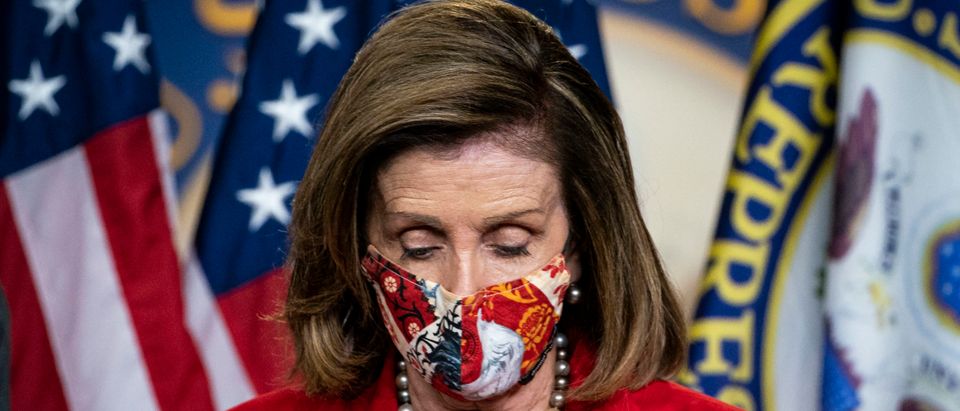After several important victories in the 2020 elections, Republicans could potentially control even more state legislatures than they did a decade ago and gain an even bigger advantage in the upcoming redistricting process.
The GOP flipped both legislative chambers in New Hampshire and the state House in Alaska while Democrats failed to regain control of a single state legislative body anywhere in the country. That means Republicans could potentially exit the 2020 cycle with majorities in 62 of the country’s 99 state legislative bodies.
Republicans previously flipped 19 state legislative chambers in 2010 and left the midterm controlling 58 of the country’s 99 state legislative bodies.
Democrats spent hundreds of millions of dollars in efforts to flip legislative chambers across the country. (RELATED: What’s At Stake For Republicans In The Georgia Senate Races)
“We were able to overcome more than half a billion dollars of liberal spending. It was quite a success for us, and quite an epic embarrassment for Democrats,” Republican State Leadership Committee Deputy Executive Director Dave Abrams told the Daily Caller.
Jessica Post, President of the Democratic Legislative Campaign Committee, told The Atlantic that “It turned out we hit a different electorate than everyone was expecting. It’s not just Democrats who were turning out.” (RELATED: ‘Brand Has Been Weak For A While’ — Democratic Rep. Elissa Slotkin Admits There Is ‘Problem’ With Party’s Message)
“When they nationalize, and we localize, they lose, and we win,” Abrams said, emphasizing that Republican candidates focused more on local and state issues while Democrats worked to make nearly every election about Donald Trump.
The recent victories could give Republicans an advantage in the redistricting process.
Every decade, after the new census data is collected, congressional maps are redrawn to reflect changes in state populations across the country. After 2010, Republicans were able to draw the districts for 210 seats in the House of Representatives, while Democrats were only able to draw 44. The rest were drawn either by courts, divided governments or independent commissions.
A 2019 analysis found that a majority of states’ congressional maps fall under the purview of the state legislators there.
Republican Congressman Greg Murphy of North Carolina raised tens of thousands of dollars to support state-level candidates in North Carolina, where the GOP held onto majorities in both the state House and Senate, and picked up multiple judicial seats. (RELATED: Joe Biden Names Ron Klain, Obama’s Ebola Czar, His White House Chief Of Staff)
“This next session is the one about redistricting, and it directly affects our ability in Washington.” he told the Daily Caller. Murphy, a state representative prior to joining Congress in 2019, said he was motivated by relationships with state-level leaders in North Carolina, but he “also cared about our North Carolina congressional delegates in Washington, D.C.”
Around 16 or 17 GOP-held congressional seats at the time could be attributed to Republican dominance of redistricting efforts, according to a 2017 report from NYU’s Brennan Center for Justice.
With Democrats’ House majority whittled down to its lowest level since World War II, a similar phenomenon could happen in 2022.


